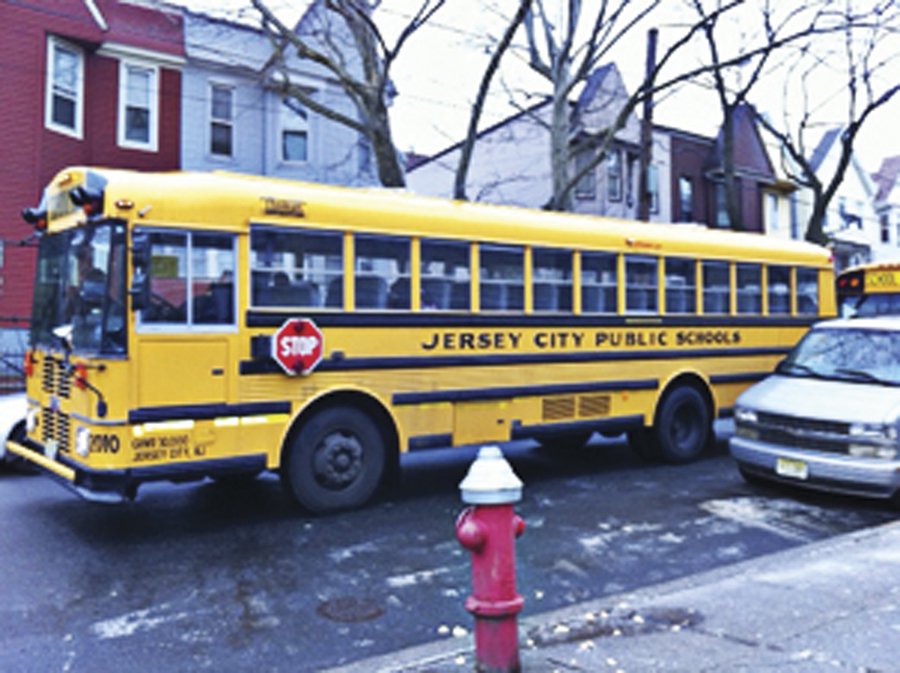Janice Dunn has quite a time getting her 3-year-old son Jayden to pre-kindergarten each day. A downtown resident who moved to the city in August, Dunn was surprised to learn that the only pre-school slot available for Jayden was located clear across town.
“In the district where I was living before, in Brooklyn, I think they guarantee that pre-K students remain pretty close to home,” she said. “I now spend about 40 minutes getting him to school, then another 40 minutes getting back over to Bayonne, where I work.”
This school year, Dunn learned a lesson that many parents apparently have learned in the district: Jersey City’s pre-kindergarten program is popular and space is tight.
According to many parents, the school district’s pre-kindergarten program is one of its unsung success stories.
____________
To better help parents navigate the pre-K registration process and learn more about the program, this Thursday the public school district will hold a meeting for parents at PS No. 30, also known as the Alexander D. Sullivan School, at 171 Seaview Ave. The meeting will begin at 6 p.m.
According to Pat Bryant, director of the school district’s Early Childhood Program, the Oct. 27 meeting, known as a “Pre-school Summit,” will be an opportunity for parents to learn more about the pre-kindergarten and early childhood education program. The summit will also include workshops for parents.
Teachers and curriculum credited
Bryant credits two features of the district’s pre-school program for its success: its teaching staff and the curriculum.
Each classroom has a certified teacher, in addition to a paraprofessional who must have at least a high school diploma. The paraprofessionals working in the pre-school classrooms, Bryant said, typically have more education that the required high school diploma. Most, she said, have either an associate’s degree or 60 college credits under their belts. In some instances, the paraprofessionals have also passed the Praxis exam.
“If you were to go to other school districts and look at private facilities that offer pre-school you may find one certified teacher coordinated the entire program, but you wouldn’t have a certified teacher in every classroom,” said Bryant.
Bryant described the adult-child ratio to be a “very reasonable” 2-15, meaning there are two adults for every 15 students.
“In other pre-school programs the ratio might be considerably higher,” said Bryant.
The district also uses the High Scope curriculum, which Bryant described as a research-based curriculum.
“This curriculum has been around for a while,” said Bryant. “And it has shown that the students demonstrate significant educational achievement in later years. A lot of the curriculum is taught through playing in both small and larger groups. There is also independent learning build into the structured curriculum.”
The district’s pre-K program runs a full day, from 8:30 a.m.to 2:45 pm. Some districts offer pre-school programs that are only two hours or a half day.
For more information about Thursday’s Preschool Summit, parents can call the Early Childhood Department at (201) 915-6045.
E-mail E. Assata Wright at awright@hudsonreporter.com.
